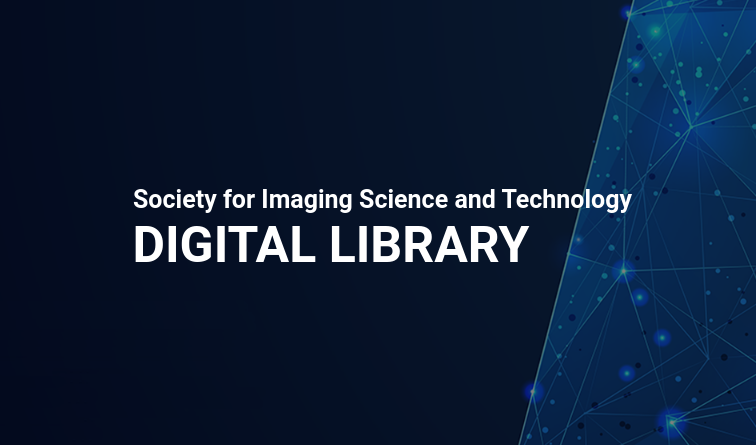
Human-in-control is a principle that has long been established in forensics as a strict requirement and is nowadays also receiving more and more attention in many other fields of application where artificial intelligence (AI) is used. This renewed interest is due to the fact that many regulations (among others the the EU Artificial Intelligence Act (AIA)) emphasize it as a necessity for any critical AI application scenario. In this paper, human-in-control and quality assurance aspects for a benchmarking framework to be used in media forensics are discussed and their usage is illustrated in the context of the media forensics sub-discipline of DeepFake detection.

Aliasing is a well-known effect in imaging which leads potentially to disturbing artefacts on structures. While the high pixel count of todays devices helps to reduce this effect, at the same time optical anti-aliasing filter are more often removed from sensor stacks to improve on system SFR and quantum efficiency. While the artefact is easy to see, an objective measurement and quantification of aliasing is not standardised or established. In this paper we show an extension to existing SFR measurement procedures described in ISO12233 which can measure and quantify the existence of aliasing in the imaging system. It utilises the harmonic Siemens star of the s-SFR method and can be included into existing systems, so does not require the capture of additional images.